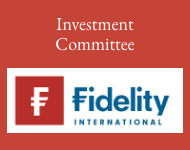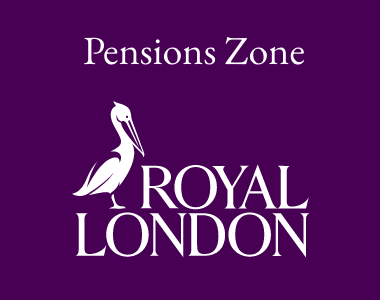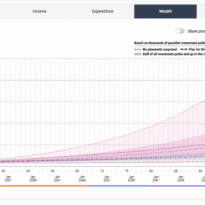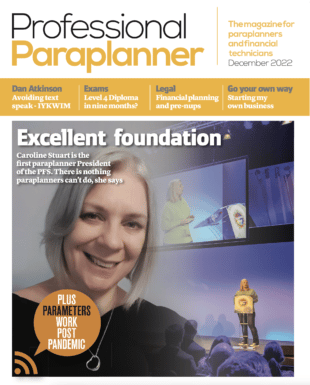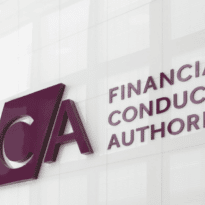This week’s Investment Soundbite Q&A is with Elite Rated manager Stephanie Bothwell of the BlackRock European Absolute Alpha fund. Stephanie discusses both long and short opportunities for equity investors and how macro narratives such as inflation and interest rates have influenced the market.
(Recorded 6 July 2023)
There was quite a lot of negativity around Europe last year, but actually, things haven’t been quite so bad this year, so where are we today?
For pretty large parts of the last 12 months, market direction has seemingly been more dominated by a macro narrative, particularly around inflation and the anticipated direction of interest rates. And I think that this theme is still partly playing through, but we are increasingly seeing more dispersion between the European market amongst different equity sectors, but also within equity sectors.
And I think this in turn is generally a more supportive environment for bottom-up stock selection on both the long and the short side. And we’re increasingly seeing stocks respond in a way that really reflects the positive and negative earnings revisions that we’re seeing. We think this is evidence that fundamentals have really come to the fore again and are becoming more of a dominant part of stock selection, which, in turn, should be a pretty positive environment for the European Absolute Alpha strategy.
What sort of companies do you look for and can you give us some examples of your current holdings?
When we think about investments that we’re going long in, there are four key attributes or characteristics that we’re looking for in those companies. The first one is stability and resilience in earnings and cash flows.
The second one, we place a strong emphasis on management teams with a good track record in terms of value creation.
Then it’s return on capital, and what’s important here is incremental return on capital, so, the incremental return on the dollar that you invest today versus history.
And the final point which is very important for this strategy, is really around avoiding a material capital loss.
The first example of a current holding is Novo Nordisk A/S. This is one of the largest long positions within the fund today.
The Novo investment case is really one driven by innovation in some of its key therapies like Ozempic and Rybelsus in diabetes and then Wegovy for obesity. And what makes this really exciting is that the global addressable market for these drugs is really significant. We know that obesity alone is now affecting around 15% of the global population, and only around 2% of that population today is receiving treatment. And obviously high levels of obesity has pretty negative implications for GDP in terms of healthcare costs, time lost to illness at work, and essentially reducing the number of those obese people can actually lead to really large savings for various governments. This is why Novo’s growth profile to us really stands out. We expect revenue growth to compound in the coming years at something like 15%, which is in excess of many of its peers, both in pharma but also in the wider European market.
A second example of a current holding that we also have in the fund – and this has been a long-term investment for us – is Royal Unibrew A/S. This is a Danish drinks company with its core markets being in northern Europe, Italy, and France, but also increasingly other international markets, with its brands in beer, malt, but also in soft drinks. And the group is increasingly deploying its multi-beverage strategy outside of its core home markets. We’re really excited about the opportunity here to deploy the balance sheet into attractive, value-enhancing M&A, and the latest example of this has been a deal that they conducted just this week in the Netherlands, which is going to provide a really good new platform for organic growth.
You do a lot of shorting in this fund. How you go about doing that and what do you look for in a short opportunity? Where are you finding good short ideas at the moment?
In this strategy, we’re trying to generate alpha when share prices also decline through shorting. And when we go about looking at the opportunity set for what makes a good short, I think there are a few characteristics that we’re typically trying to find.
So, for example, companies in those industries or sub-sectors with a relatively low degree of pricing power. Perhaps it could be companies where there’s a high degree of capex requirements with potential for execution risk on that. It could be a very leveraged business model, where there is a high degree of a capital raise. And I think the final point on where we tend to direct quite a lot of our time is where there is a material risk of earnings disappointment relative to market expectations. Our strategy on the whole is fully flexible, so, we do invest both long and short across multiple industries and countries, and the short ideas are really a function of the bottom-up ideas that we find.
And as I mentioned previously, we are seeing a wider dispersion at market level today than perhaps we’ve seen over the course of the past 12 months, and, when you have that dispersion, it tends to provide a good opportunity for shorting.
In terms of some of the themes or ideas that we’re looking at at the moment, one pretty prevalent theme is related to risks around refinancing in a higher rate environment. This obviously has the potential to lead to earnings cuts, but also balance sheet stress and the potential for capital raise.
A second area which has come to the fore more recently, has been around companies where we see potential for de-stocking as demand has begun to normalise from the very high levels that we saw through the course of 2022. Again, this can create risk of earnings cuts, leading to equity under performance and downside.
In terms of that refinancing risk, is that in any particular sector?
The most obvious places to look are really in some of those very highly-leveraged sectors. Those are the first ones where we’ve been focusing our time. Examples of this would be real estate, and we’ve also been looking at some of the European telcos, that’s also a sector with a high degree of leverage, and also some of the European utilities: all of these essentially have high levels of debt relative to a lot of the European counterparts.
The other important thing to note here is really looking at the timeframe for refinancing, so spending a lot of time understanding when some of these financing needs and commitments are falling due and also the structure of the debt ie. is it fixed or is it floating? All of that feeds into how we build up the short thesis.
What role does this fund play in a wider portfolio?
The fund has a number of attributes which set it apart from a typical European equity fund.
The first one would be diversification. The fund has a low correlation with other asset classes, which can bring portfolio diversification benefits. In the long run, it has had a low correlation with both equity indices, but also with government and corporate bonds.
The second point is around volatility. For those that want to manage volatility within a portfolio, this fund has historically had a lower volatility versus the market over time.
The third point is around alpha-driven returns with limited market exposure. If you take the fund beta, since its inception, it’s really been around negative 0.04. So, again, not taking a lot of market exposure, but generating positive returns on both the long and the short side.
And I think the final point is capital preservation. When market conditions tend to become more challenging, I think this fund tends to perform very well in terms of its resilience and its ability to preserve capital.
Listen to the full interview here:




